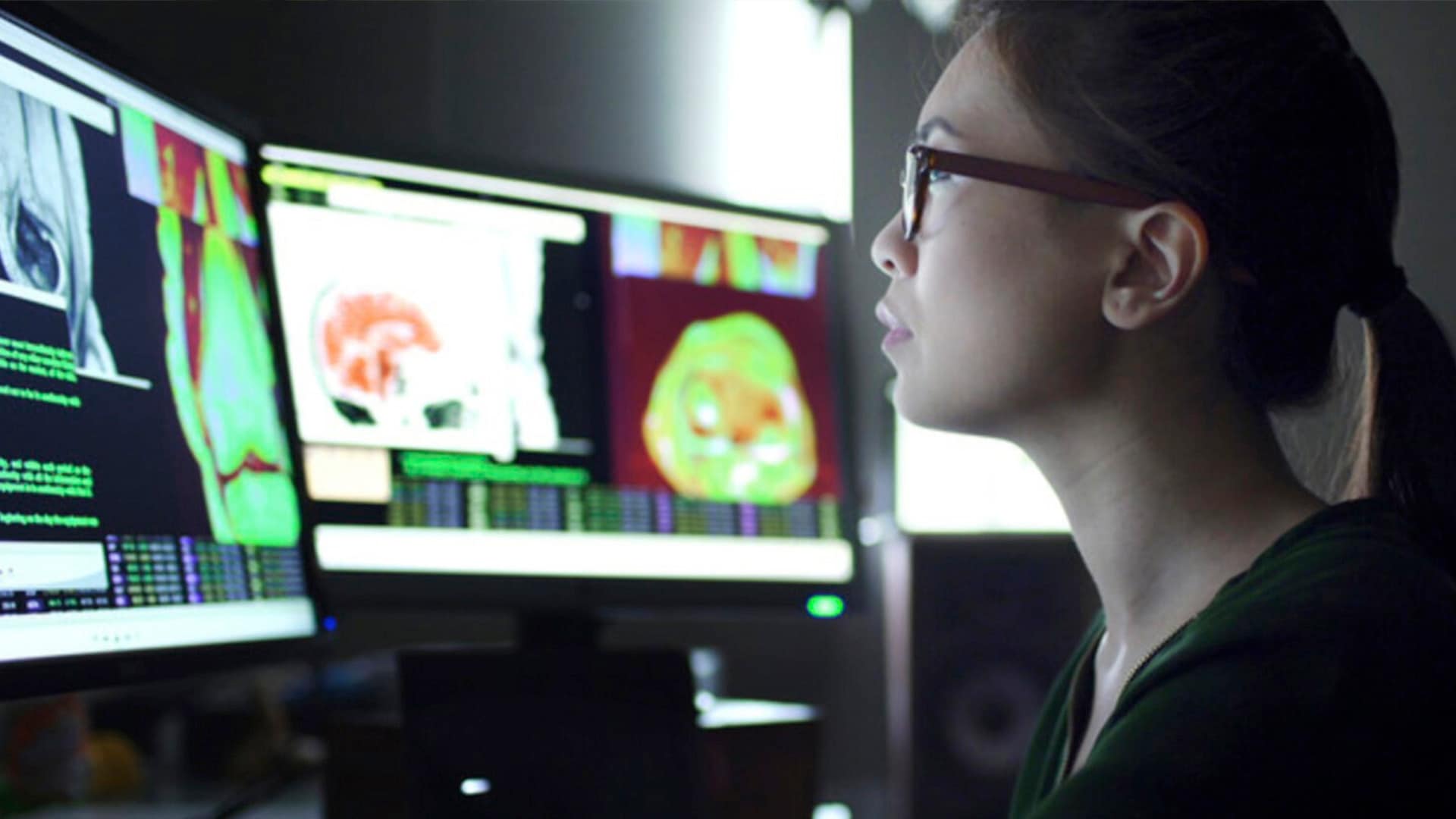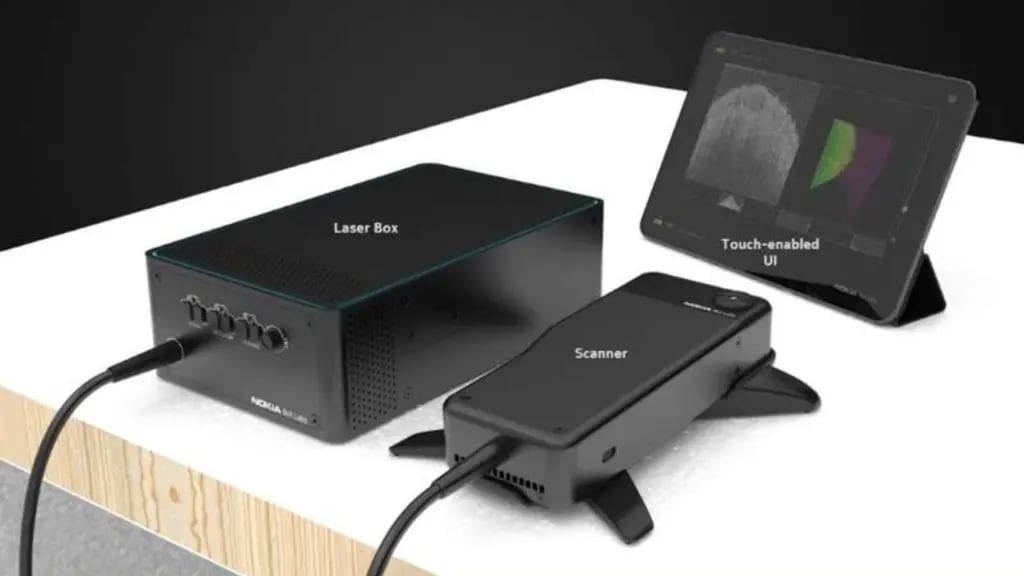Two optical imaging technologies that could transform healthcare today

Nokia is exploring how optical communications technologies could be used to revolutionize medicine. For instance, Nokia Bell Labs is currently researching how optical sensing and body area networks technologies could continuously monitor their wearers’ physiological states. These sensor augmentations would give people – and the doctors who treat them – perfect knowledge of their health, as well as a means for detecting diseases early, possibly heading off future pandemics before they start.
Pursuing these kinds of long-term research goals also frequently results in inventions that have the potential to accelerate, differentiate and disrupt healthcare. Here we will discuss of two such technologies in the field of optical tomography: integrated OCT and holographic endoscopy. Together with Nokia Tech Ventures, Bell Labs is currently looking for external commercialization partners to bring them to the healthcare market.
Integrated OCT
Tomography refers to imaging by sections or slices of a volumetric 3D space through the use of a penetrating wave. Examples of tomograms include magnetic resonance imaging (MRI) using radio frequency waves, computed tomography (CT) using x-rays and sonograms (ultrasound waves). Optical coherence tomography (OCT) is an interferometric imaging technique that uses low-coherence light to capture tomographic images by exploiting optical scattering from biological tissue. The OCT wavelengths used in medicine overlap with the wavelengths used in optical communication.
Out of all OCT technologies in use today in medicine, a category of devices called swept-source OCT provide the best axial scan depth and fastest scanning speeds, which directly translate to a large field of view and high image quality. Therefore, it is often the preferred or indeed the only acceptable method for medical OCT imaging. However, swept-source OCT devices are also the bulkiest and most expensive, requiring a cart for lugging the machine around and costing between $50,000 and $150,000.
Our Integrated OCT technology, however, takes the separate bulky and expensive OCT components of a swept-source OCT device and integrates them into a single miniaturized engine. This miniaturized OCT engine could have a large impact on the current OCT devices available today.
Bell Labs was able to integrate most of the optical components of a swept-source OCT device into a single engine that is just 1% of the volume of today’s OCT devices, turning it into a handheld device about the size of a paperback that costs an order-of-magnitude less than current state-of-the-art systems while also reducing need for recurring calibration and maintenance. In addition, it enables creation of new categories of portable OCT devices for primary care, home care, remote care or robotics.

Holographic Endoscopy
Medical endoscopes are thin tubes that are inserted into body to observe an internal organ or tissue in detail for diagnosis or operation. Nokia Bell Labs work with multi-mode fibers, optical components and computational algorithms has allowed it to transform these instruments into holographic (3D), multi-wavelength imaging devices capable of capturing a much richer set of information.
Holographic endoscopy is based on space-division multiplexing (SDM), which is an optical telecommunications technology originally conceived to maximize the information throughput of fiber-optic cables. Bell Labs optical transmission group discovered that the that the same SDM techniques can also be used to capture a holographic video through endoscopic systems operating in the near-infrared wavelengths that are commonly used in OCT systems. The same principle works in any wavelength of light, including visible light.
A key advantage of holographic endoscopy is that compared to conventional endoscopes, no camera or light source needs to be attached on the probe that is inserted into body during examination. All it takes is a roughly 0.5mm optical fiber probe to light the target and carry the reflected image to an external interferometric camera. Besides the obvious size advantage this provides to an endoscope, it also means that the front-end component can be designed to be cheap and disposable, even biodegradable.
As the name implies, holographic endoscopy is capable of capturing 3D images with precise measurements. By using two different wavelengths it becomes possible to create images that combine the tissue-penetrating characteristics of the near-infrared spectrum with the native colors and precision of visible light. The capture speed of holographic endoscopy is extremely fast, enabling easy handling of the endoscope for capturing real-time video.
Commercialization though Nokia Tech Ventures program
Nokia Bell Labs has committed years of research into pushing the boundaries of what is possible with optics, imaging, and machine learning technologies. We are now commercializing these volumetric imaging technologies via Nokia Tech Ventures program, which is a collaboration between Nokia Bell Labs, Nokia Technologies, and third-party commercialization partners. The mission of Nokia Tech Ventures is to help our partners commercialize disruptive technologies and IP originating from Nokia research. If you are interested to hear more about Tech Ventures or these tomographic imaging technologies, please contact us at contact.techventures@nokia.com.
